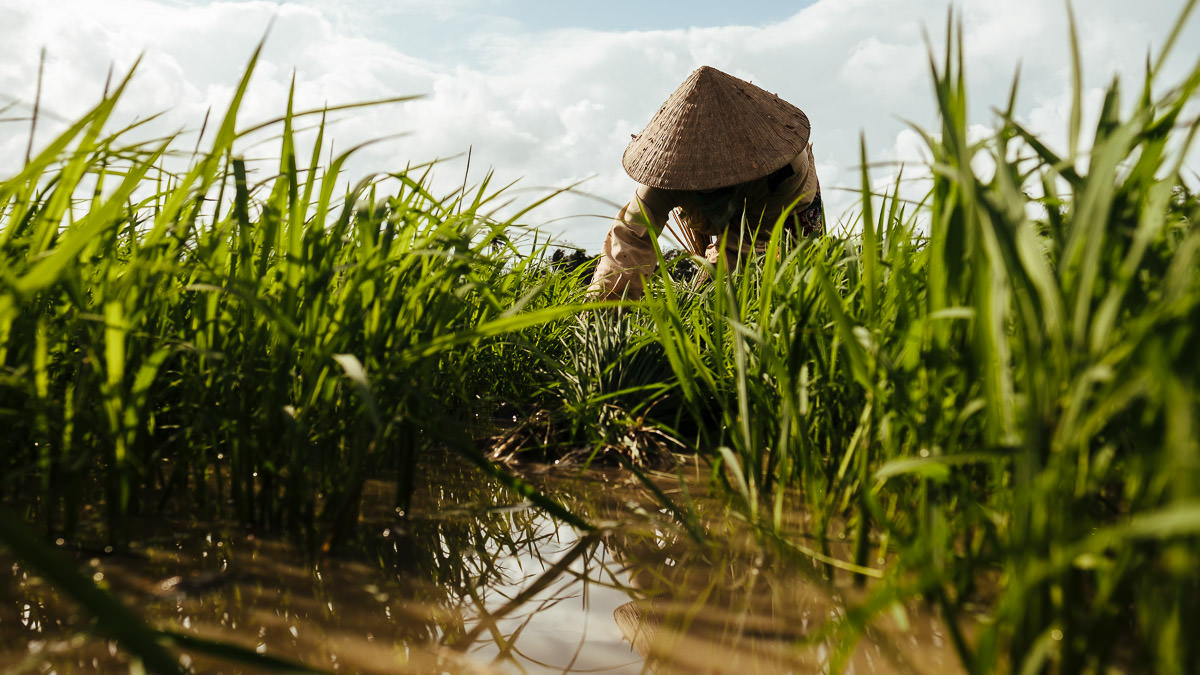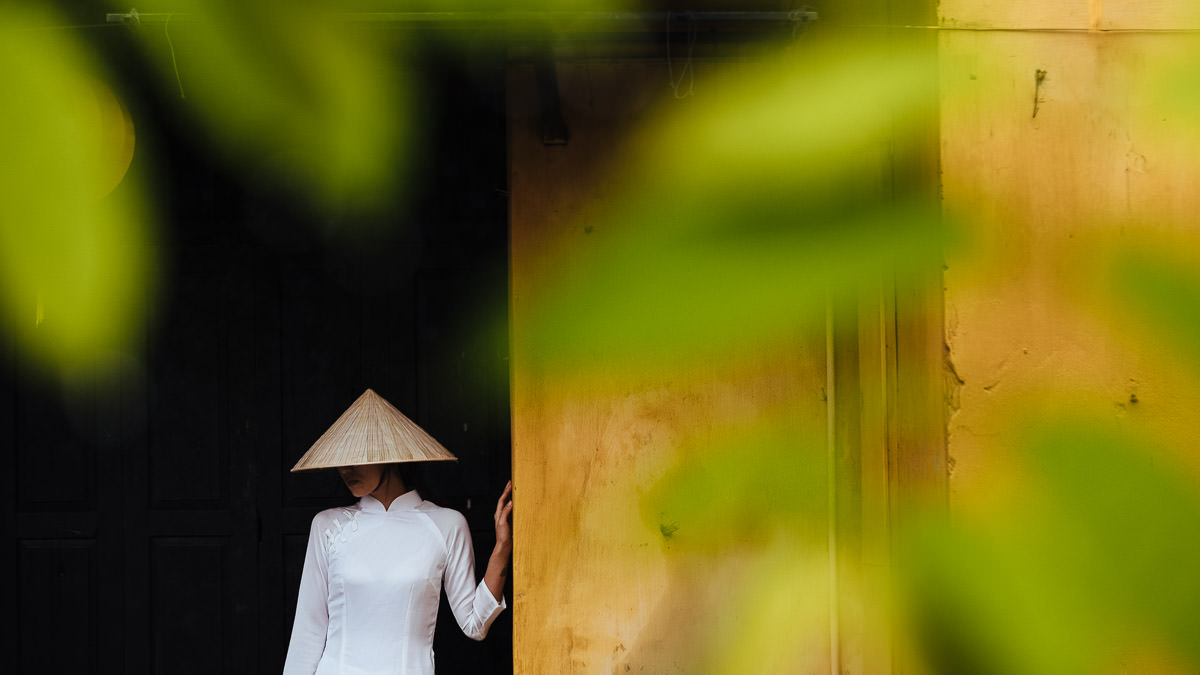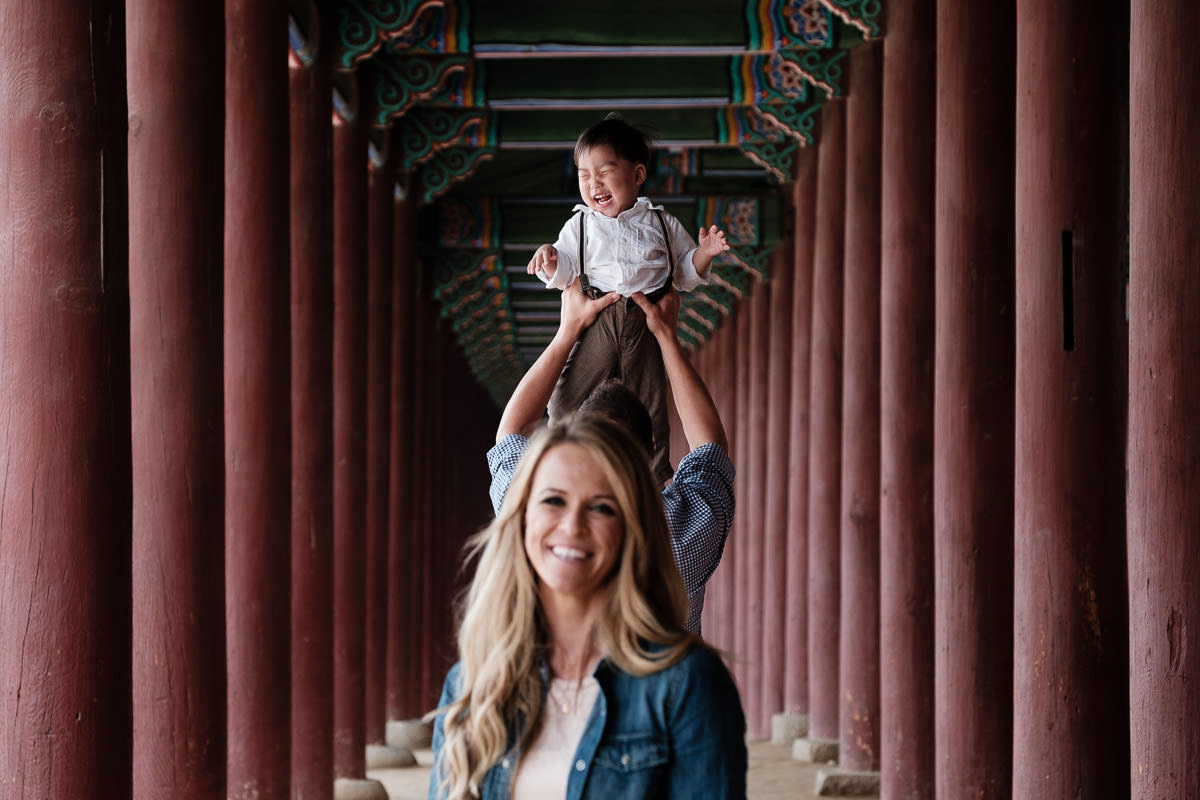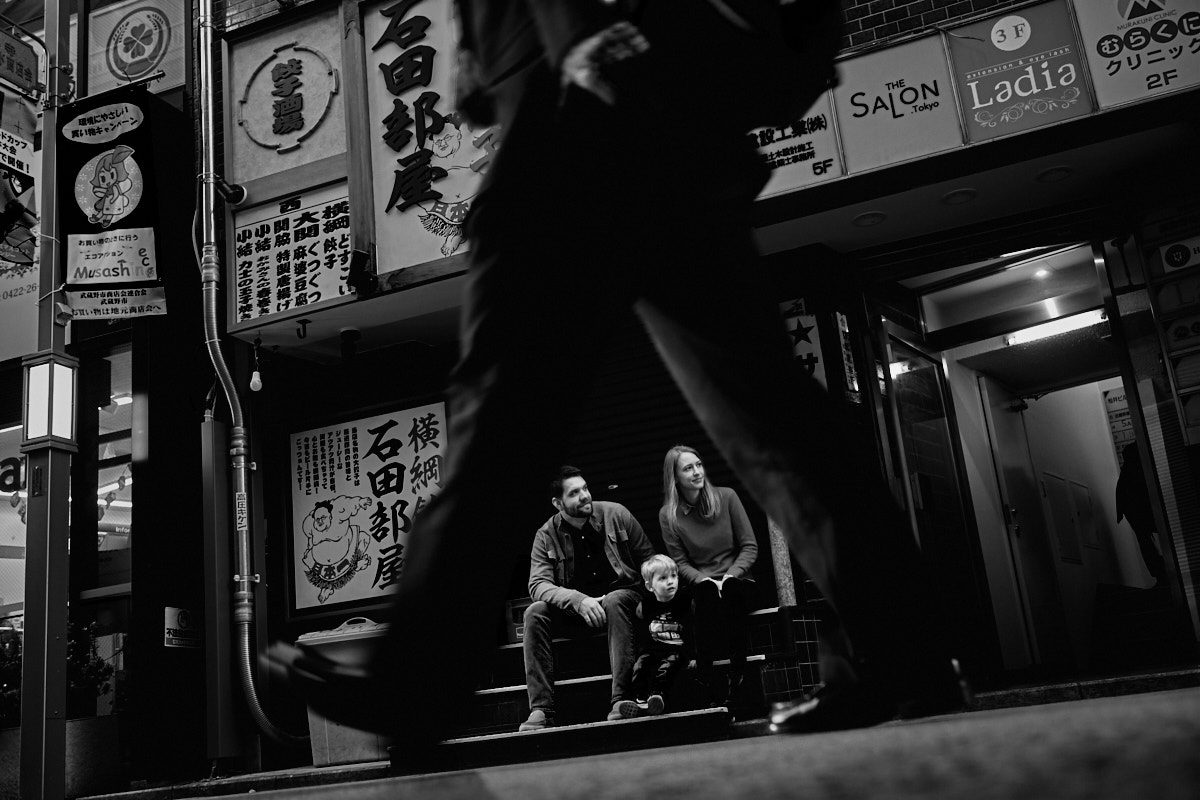Layering objects in your composition allows you to somewhat overcome one of photography’s greatest limitations – its two-dimensional nature. We are able to use layers to give the illusion of depth and, dare I say it, tell deeper stories.
With the return of Fujilove’s Photo Assignments, today we’ll be looking at a few ways we can use layers in our images to create interesting compositions. We’ll also look at the tools we can use and some camera settings that help us to create effective layers.
What are Layers?
With photographs being a two-dimensional form of expression, we need to find ways to introduce the illusion of depth into our images. One of the easiest ways we can do that is to use foreground, middle-ground, and background in our images. This is the beginning of the concept of layers. We can then add things like light, depth of field, and shutter speed into the equation for more complex images.
Foreground, Middle-ground, Background
Let’s start with the basics. If you look from your camera position, you’ll see things that are closer to you and further away from you. You can arrange these by moving your camera position and changing your focal length to create different layers in your image. Let’s take a look at a simple example.

In this image, a very simple shot of a farmer in Vietnam, I have used layers to add some interest and depth to my image. By getting the camera low, I was able to make an image that gives you a sense of what is happening.
In the foreground, we have some rice and some water. This suggests wet-rice agriculture. We also see that it is green and in the centre of the frame see a pile of unplanted rice. This must be planting time. In the next layer (middle ground), we see the farmer wearing a non la. We must be in Vietnam. The final layer (background) is the sky. Hot white clouds and a light blue sky suggest a hot, humid day.
Not only have I created layers by getting my camera down low but I have solved several other issues with the composition as well. The low angle gives you a better sense of what the farmer sees all day as she plants the rice. It also helps me to use layers to more effectively tell a story.
Using the 16mm lens, I am able to render the close rice much larger than it appears to the naked eye. This has two effects. Firstly, it emphasises the immensity of the task of planting rice by hand. Secondly, covers up some of the distracting elements in the background.
As you can see, a wide angle lens can be used to effectively create layers from even the smallest of elements. The rice here is no longer than 15 or 20cm in length but I am able to make it look enormous and use it as a compositional element. Using our knowledge of how wide angle lenses render closer and father objects, we can create layers to work with that may not be immediately apparent.
Layers for Visual Interest
Sometimes layers can be used to spice up a dull composition. I often use foreground elements out of focus to give additional visual interest. I call this the “put some junk in the way” composition technique.

While the stunning yellow walls of Hoi An’s Old Town are beautiful in their own right and this composition would have worked well without any additional layers, the green adds an extra element to this image.
This was achieved by composing through a potted plant nearby and using a shallow depth of field. Fujifilm’s 56mm f/1.2 allowed me to get some distance from my subject and find an element I could use as a foreground layer. Then, by making the image at f/2, I was able to blur the leaves into simple compositional elements that make a blank yellow wall more interesting. We can also do this by holding things up close to the lens, photographing through windows and openings, or using any other object in our environment to cover up something else.
A photographer who does an excellent job of using layers to add additional interest to his photographs is Andrew Faulk. Take a look at his compositions and you will see that there is always an additional layer to give you visual clues about where you are and to add interest to his frames.
Layers for Storytelling
In the scene below, there are plenty of different compositions that would all tell very different stories. A photograph of the city would tell us about the enormity of it. A photograph of the city with the greenery in front would give us a further sense of place. However, I wanted to tell the story of what this space was used for and exactly where we are. By receding from the obvious subject and adding additional layers, I am able to tell a deeper story.

The article I shot this for was one about the Oksu district of Seoul. It is known for being a densely populated, hilly district. In order to display this, I spent an afternoon doing what the locals do and hiked up one of the local hills. This led me to a pagoda atop the hill that residents use to rest and overlook the city. It was a small space, so the XF 10-24mm f/4 was needed at 10mm to get all the layers I wanted in the shot. One of the most difficult parts of composing this image was choosing the height at which to make the image. Going to low would block the city. Going to high would include far too much green. In the end, I settled on using the rule of thirds to break up each section of the image.

In the image above, I chose to use the repeating pattern of pillars as a background. I wanted it to be a family portrait but have your attention focused on the little boy. So, I had dad face away from me and lift him up in the air, while mum stood between dad and the camera. By using a shallow depth of field, I can ensure that you focus right on their son’s beautiful smile. However, you get hints of the rest of the story from the simple background, dad’s arms, and mum being out of focus in the foreground. These layers help you to understand more than just “smiling child”. This shot was made with the XF 50-140mm f/2.8 @ 72mm and f/4.
Another photographer who uses layers to tell deeper stories is Etienne Bossot of Pics of Asia. Etienne truly enjoys the dance of trying to layer as many objects as possible to tell complex and visually interesting stories.
People as Layers
You can use passing people, cars, dogs, or whatever else is moving through your environment to enhance your compositions as well. In the example below, I had the family sit down on one side of a street. I moved to the other side and got down low to make this image. Passers-by were on their way to work and barely noticed me down on the ground beside them. I waited for a stream of people to pass and used their legs to frame the family in this shot. Using the XF 23mm f/1.4, I am able to get close enough to the people in front that perspective distortion gives me enough space between their legs to place the family I’m photographing.

Photographer’s like Moises Levy do an amazing job of shooting through people, dogs, and other elements in the foreground to give a more dynamic feel to a composition.
Combine Layers with Light
This is when things get tricky and you can make some amazing compositions. By finding places where light hits some objects and leaves others in shadow, we can create an image not only with spacial depth but with depth in the light as well.
In this simple example, I placed the couple in the line of the setting sun and made my image looking through a bush. Flecks of light illuminate the leaves in front, while the light hits Charlotte directly in the face and leaves Namou (who is standing slightly behind her and facing away from the light) in shadow. This image was made with the 56mm f/1.2 at f/1.2, this allowed me to frame out parts of the background that were distracting.

One photographer who uses light as a layer in superb fashion is Kirsten Lewis. By adding this extra dimension, she is able to present you with chaos that has little details to look at all over the frame.
Work with Layers
I hope that this introduction to layers in photography has given you some inspiration to start making your own layered images for the Photo Assignment this month. Remember to make use of the properties of your beautiful Fujifilm lenses. Use your wide angles to use size differentiation in your compositions and your fast apertures to isolate one layer of your image using focus. Of course, we only discussed a few ways to make use of layers. There are so many more ways to do it and we look forward to seeing what you guys submit!

















